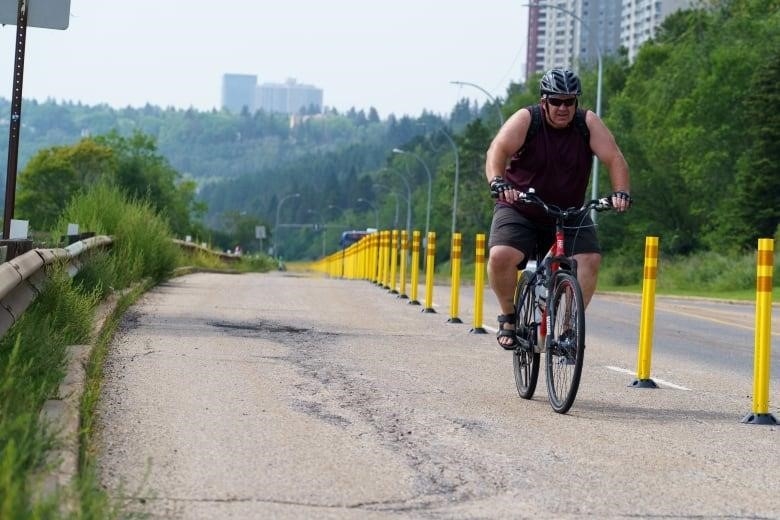
Some cities take steps to make summertime spaces less crowded with cars and more open
Summer is a good time to take more walks, hikes, and bike rides, sometimes on streets that don’t have cars.
A few Canadian cities are trying out “open streets,” which are streets that are temporarily closed to cars and opened up for bikes and people to walk on.
David Simor, director of The Centre for Active Transportation (TCAT) in Toronto, said that cities got a taste of what’s possible when they tried out new arrangements earlier in the pandemic, but it’s not clear if that progress will last in the long run.
“I think Canada is at a very important point right now in terms of how we think about mobility and how we use roads,” he said in an email.
“Not every approach or program worked, but on the whole, the transportation response to COVID-19 showed that cities can move quickly to make streets and public spaces more focused on people.”
Here are some pictures of what some of those more open spaces look like now.
Cars vs. bikes in Toront
People often argue in Toronto about how big cars are in the public space and how safe they are for people on bikes and pedestrians nearby.
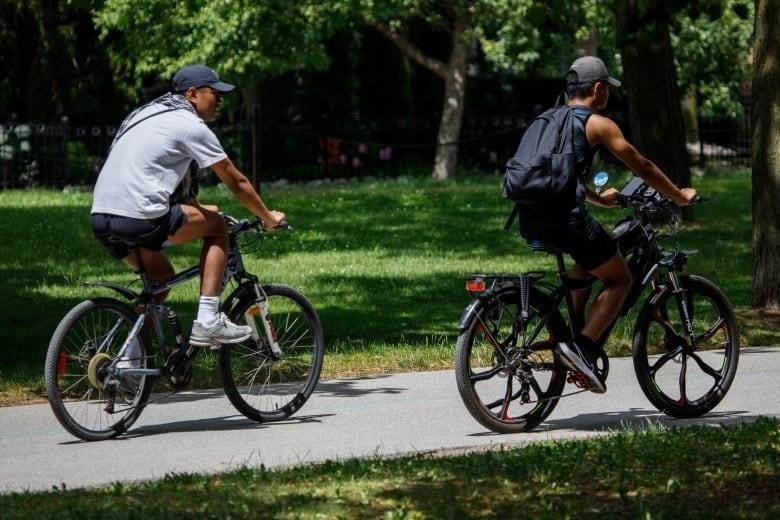
Beth Savan, an expert on active transportation and senior lecturer emeritus at the University of Toronto’s School of Environment, said, “Cycling in the city is still quite dangerous, and many people are afraid to do it.”
In fact, over the past ten years, dozens of people have died in traffic accidents in Toronto every year. Thirteen people on foot and one person on a bike have died so far in 2023.
Despite these very real worries about the need for safer roads, there are still tensions over how Toronto plans to temporarily change the use of some of that space during the summer.
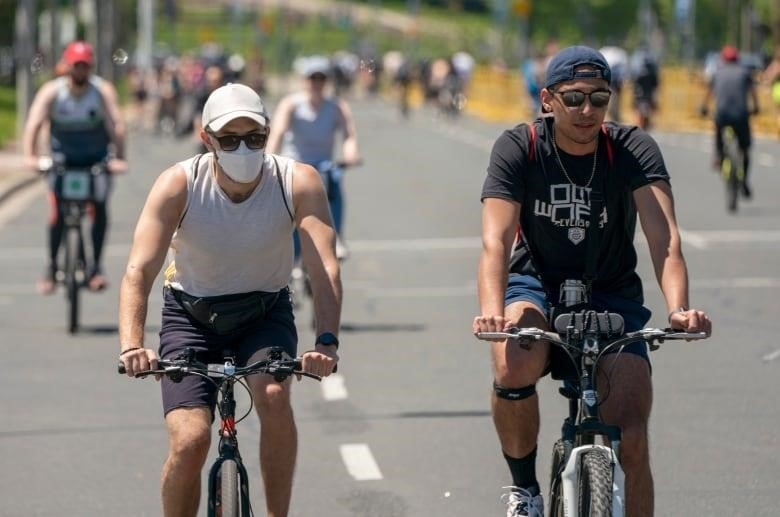
ActiveTO was made by the city in 2020, at the start of the pandemic, to encourage people to walk or bike to get around. Some streets were closed to cars on certain days as part of its plans. Former mayor John Tory first called the program a success, but last year, city staff suggested reducing some of the road closures that went along with it, in part because drivers were getting angry.
Toronto told CBC News that ActiveTO weekend closures on Lake Shore Boulevard West, which is one of the city’s main roads, will no longer happen regularly. Instead, they are only used for special events that people know about in advance.
“Since street events in Toronto are back to pre-pandemic levels, it is hard to find weekends when the ActiveTO Lake Shore Boulevard West closure wouldn’t interfere with other events or add to traffic congestion in the city,” a spokesperson said in an email.
Ottawa is cutting back on open streets
In Ottawa, there is also disagreement over a seasonal program that changes where people on foot, on bikes, and in cars can go.
During the summer, active transportation is only allowed on a 2.4-kilometer stretch of Queen Elizabeth Driveway that runs along the west side of the Rideau Canal. This stretch is open from 8 a.m. to 8 p.m.
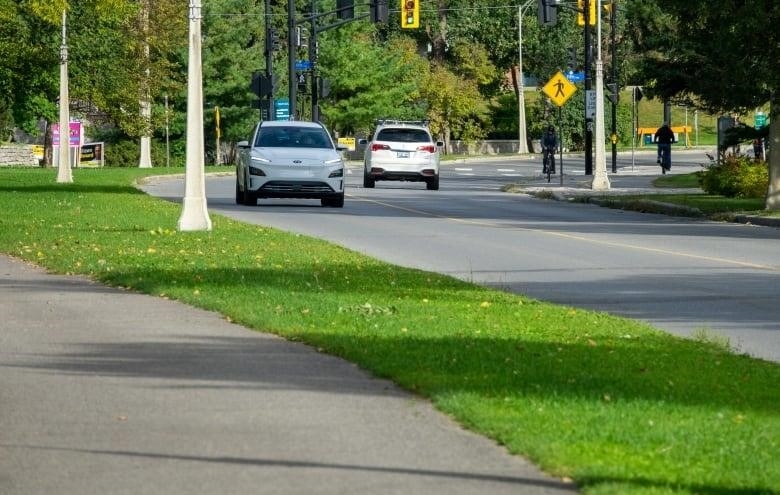
The parkway where the closures are happening is run by the National Capital Commission (NCC). Its leaders agree with the arrangement.
But Ottawa Mayor Mark Sutcliffe is one of the people who want this set-up to be changed. A council member said that the mayor’s stance on the issue was “regressive.”
The NCC is asking people what they think about its active use programs.
It also has weekend bike days, when parts of Kichi Zb Mkan and the Sir George-Étienne Cartier Parkway are closed on weekends and holiday Mondays until early October.
Streets in Montreal for people onl
For the second summer in a row, 10 streets in Montreal are only for people.
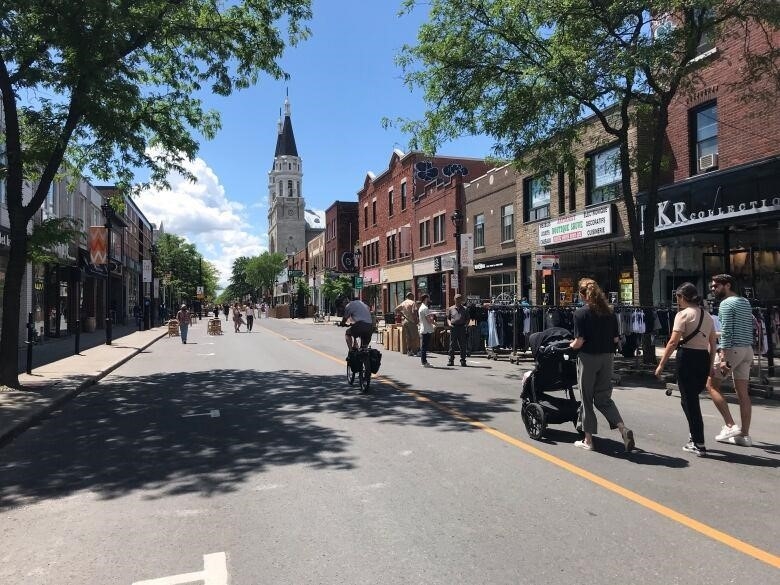
The mayor of Montreal, Valérie Plante, thinks that these changes, which are part of a three-year plan, are good for the shops and people who walk along these streets.
“They also give the people who live in the area a sense of community,” Plante said earlier this year. “They are also places that tourists, visitors, and students go to.”
Savan, an expert on active transportation, said that open streets can give people a chance to try out a new way to get around.
Summertime shift in Edmonto
More space has been made on Edmonton’s Summer Streets for cyclists, runners, and people walking.
The event for this year has been going on since May. It started with a plan that was made in the first year of the pandemic.
In an email, Ali Alou, a senior traffic engineer with the city’s traffic operations department, said, “Active transportation is a big part of how we fight climate change and keep our city healthy and thriving.”
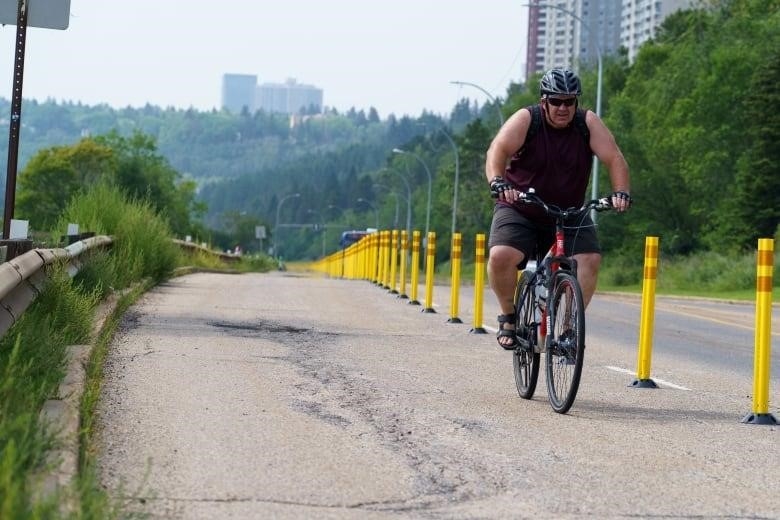
As part of the seasonal program, flex posts are used to set up temporary mobility lanes that separate traffic from people using active forms of transportation.
Parts of Victoria Park Hill Road, Saskatchewan Drive, and 104 Street have been changed.
Alou said that the city keeps a close eye on how the lanes work and thinks about how they could be changed in the future.
Winnipeg needs to slow down
In Winnipeg, the city has slowed down traffic on some streets where there are more cyclists.
WATCH | Improvements are needed for cyclists in Winnipeg:
The city says that these “neighborhood greenways” have been set up so that drivers and cyclists can move safely through these 19 areas.
In these places, the speed limit is 30 km/h, and more than half of these roads have this limit all year long.
On five seasonal bike routes, speed limits are also in place.
Pilot projects are being run in Vancouver and Hamilton, Ont
Some cities are seeing what it’s like to have more open space.
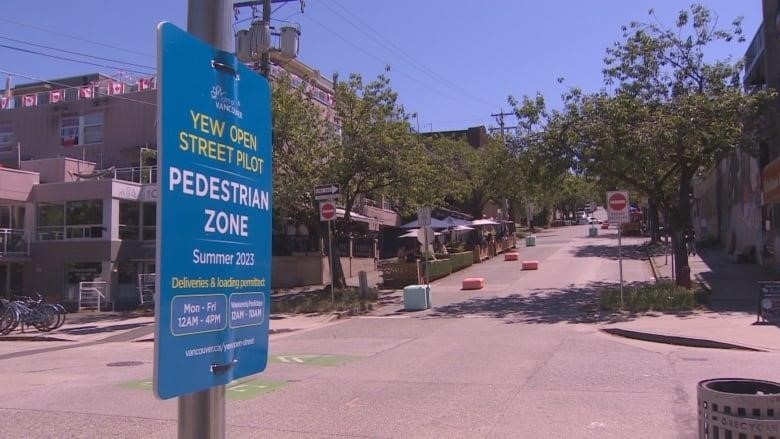
This summer, a two-block stretch of Yew Street in Vancouver’s Kitsilano neighborhood is set up for people who walk.It’s mostly closed to cars, but there are a few exceptions. It’s the only street of its kind in the area.
The city told CBC News that it has been “monitoring and evaluating how people are using the space and collecting feedback from the public and businesses” and making changes as needed.
There are also other places where time-limited pilots are being tried out. They include the Open Streets Hamilton event, which took place last month in the Ontario city of Hamilton.
Part of a downtown street was closed to cars for a few hours on a Sunday for the one-day event.
In the “temporary linear urban park,” there were places to do physical activities and different things to do.
Alison Carlyle, a project manager with the city’s sustainable mobility unit, told CBC News that staff will report on the event to council.She said that if the council wants, more events could be held in the future.
Simor, who is the director of TCAT, said that open streets events are “teasing opportunities for cities” because they have a lot of benefits without a lot of costs.
“Open Streets takes an asset we already have—our streets—and puts them to a higher and better use for a few hours each week,” he said. “We have already spent money on building our streets.”
